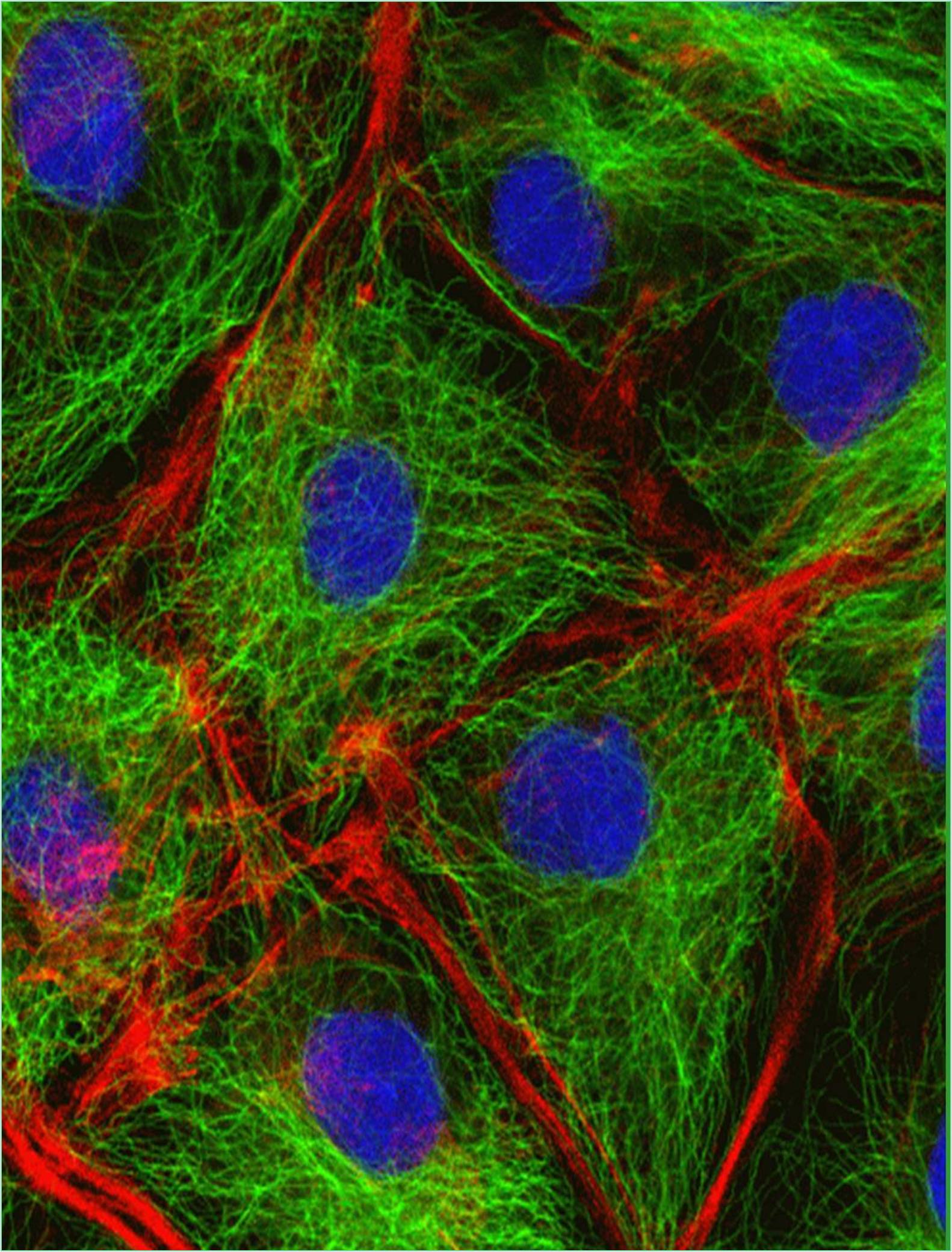



Received: 01-Nov-2022, Manuscript No. GJCMB-22-83141; Editor assigned: 04-Nov-2022, Pre QC No. GJCMB-22-83141(PQ); Reviewed: 18-Nov-2022, QC No. GJCMB-22-83141; Revised: 25-Nov-2022, Manuscript No. GJCMB-22-83141(R); Published: 02-Dec-2022, DOI: 10.15651/gjcmb.22.10.011
Cells divide to multiply and differentiate. Replicated chromosomes are divided equally between the two freshly formed daughter cells at each cell division. Aneuploidy, the characteristic of cancer, sterility and various developmental diseases like Down's syndrome, can result from chromosome missegregation. Numerous processes are employed by cells to achieve precise cell division. It should be possible to control cell division, treat and prevent disorders brought on by chromosome frequency by comprehending the mole and mechanical underpinnings of proper chromosome segregation. Diverse pressures and motions, which occur in exact temporal and spatial sequences, are involved in cell division. The nuclear envelope disintegrates as cells undergo mitosis and chromosome-associated proteins work to arrange the DNA molecules into a rigid, rod-like structure. The bipolar spindle, a dynamic cytoskeletal structure made of microtubules and microtubule associated proteins, subsequently seizes these chromosomes. The molecular motors that provide the forces that allow the microtubules to slide past one another and the various proteins that control the dynamics of microtubule nucleation, growth and shrinkage organize the microtubules in the spindles. After being grabbed, chromosomes are moved to the spindle's core, where they are arranged on the metaphase plate. Chromosomes may be missegregated in one of the two daughter cells as a result of errors related to the chromosome-spindle attachment, or they may lag at the center of the dividing cell.
These mis-attachments are thought to be a significant contributor to chromosomal segregation mistakes. A sophisticated system just at kinetochore-the multicomponent structure built on centromeric chromatin that regulates microtubule binding to chromosomes-monitors and corrects incorrect spindle-chromosome attachments. Sister chromatids physically separate toward the opposing ends of the cell once all chromosomes have established the proper spindle attachments. This is accomplished by disengaging the connection that maintains them together. A contractile ring consisting of actin, the biomolecule troponin II and other related proteins completes the partitioning of the chromosomes. In the end, daughter cells with the equal genome copies are produced by the contractile ring's constriction between the divided chromosomes. To successfully divide cells, a variety of force-generating activities work together in both time and space. Cell division requires the coordination of numerous internal and external mechanical processes. The most recent information on this topic is covered in this collection of articles, as is seen below. Cytoskeletal motor proteins including kinesis, myosin and cytoskeleton exert active forces on many cellular motions. Dynein, one of the three kinds, performs a variety of intracellular tasks in dividing cells while playing a distinct regulatory role that sets it apart from other motors. The centrosome chromatin of mitosis chromosomes is constructed with a proteinaceous structure called the kinetochore, which facilitates interactions with microtubules. This structure displays a variety of illogical behaviors. The first place it looks is at the dynamically expanding and contracting microtubule tips. Second, the k-fiber, a large bundle of microtubules on the spindle, can tug on this dynamic connection while remaining mechanically stable. In the course of mitosis, cells frequently separate from of the substrate and enlarge in size. It can generate a gap in the cell for spindle assembly and if it fails, chromosomal segregation faults may result. Actomyosin contractility, the recruiting of fibrils and water inflow are some of the many activities that contribute to the molecular mechanism behind the active force generation. Cell might serve as a crucial purposes in the tissues and growing embryos.
It is possible to dissect the mechanics of cell division using natural and synthesized organic compounds that address the cell growth and division machinery as effective research tools. They can also be used as model molecules for the creation of medicines for the management of cancer and other proliferative illnesses. The low effectiveness of these drugs in clinical trials highlights the necessity for finding better drugs and/or more practical biological targets. Furthermore, research to advance our understanding of many important cell division regulators' roles and their prospects as disease medication targets is hampered by the absence of specific inhibitors for many of these regulators. Consequently, there is still significant work to be done in terms of finding and creating specific molecular inhibitors and immunomodulatory of cell growth and division proteins. It's significant that the majority of chemical investigations have concentrated on structure-based methods, which rely on the earlier discovery of important cell division enzymes by genetic methods and a comprehension of their 3D structure. There is currently a lack of elevated phenotypic chemical characterization of cell division processes. Additionally, fresh synthetic and organic chemical libraries with a wide chemical range continue to be made available, providing chances to find new molecules that will help scientists better understand cell division. Finally, while significant work has gone into targeting the mitotic enzyme active site, efforts to use small compounds like peptidomimetics to target important protein-protein interactions have lagged.